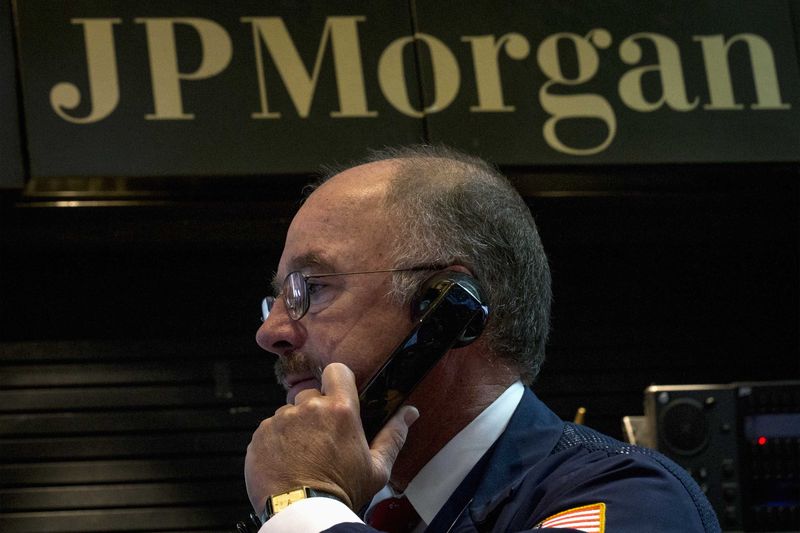Oklo stock tumbles as Financial Times scrutinizes valuation
Investing.com - The market expects Federal Reserve to slow the rate hike to 50 basis points after the next FOMC meeting next week, but the consensus is also that the central bank will continue to raise the Fed Funds rate to around 5%.
After that, investors are anticipating a pause of varying lengths. However, the Fed's policy will remain dependent on inflation, which remains near multi-decade highs, despite a recent deceleration.
Indeed, inflation is subject to other influences than just policy rates, with rising energy prices and supply chain issues, and there is no guarantee that the rapid Fed rate hike so far this year will have the expected impact.
As a result, it is possible that the Fed will decide that a key rate of 5% is ultimately insufficient to bring inflation back to its target.
This is the scenario that JPMorgan strategists, led by Nikolaos Panigirtzoglou, envisioned in a recent note, imagining that the Fed finally pushes the Fed Funds rate up to 6.5% in the second half of 2023, for which the bank assigns a probability of 28%, while the market currently assumes only 10% for this outcome, according to Investing.com's Fed Rate Barometer.
JPMorgan noted that its discussions with clients show that this is widely perceived as the Armageddon scenario.
"After all the last time the Fed funds rate was at 6.5% was in 2000 and that level of policy rates was followed by very heavy losses for risk markets at the time," they noted.
The Armageddon scenario would have a lesser impact on the markets than we think
However, the bank believes that the market impact of such a scenario would be less significant than one might think.
"In our opinion while there is little doubt that [Fed rates at 6.5%] would be negative for most asset classes including equities, bonds and credit, the eventual downside is likely to be more limited that an Armageddon would suggest," the analysts wrote.
Specifically, they estimate that S&P 500 would be likely to fall by 10% and 10-year Treasury yields could add 50 basis points.
While this is nothing to cheer about, it is far less worrisome than most of the clients the bank has spoken with think, who on average fear a dip in the S&P 500 below 3,000 and a surge in 10-year yields above 5%.
"In a similar fashion another 150bp increase in the peak Fed pricing from here to 6.5% might prove more benign than feared for equities overall, even if expectations of economic hard landing in this risk scenario induce further underperformance of cyclical sectors," the bank wrote.
"Demand for both bonds and equities has already weakened by so much already in 2022," Panigirtzoglou explained, which "making it a lot less likely that a similarly big decline in demand could take place in 2023."
Note that the 6.5% rate scenario is one of four that JPMorgan economists have set for next year. The other scenarios call for the Fed to cut rates starting in mid-2023, for rates to peak near 5% amid a mild recession, or for the central bank to tame inflation without causing severe economic damage.
